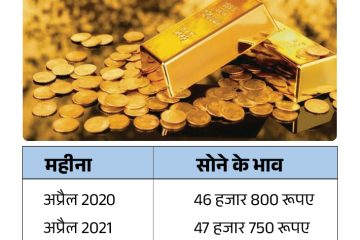Understanding the Centralized State Archive System (CSAS)

Introduction
The Centralized State Archive System (CSAS) represents a significant advancement in the management and preservation of government records across India. This system’s introduction is vital as it aims to enhance transparency, accessibility, and preservation within public sector archives. With the growing digitization of records and the need for efficient management, CSAS emerges as a crucial tool in contemporary governance and historical preservation.
Development and Implementation of CSAS
Launched in 2023, the Centralized State Archive System provides states and union territories with a unified framework for managing archives. This initiative is part of the government’s broader digital India mission, focusing on enhancing public access to government documents. Each state is equipped with resources to digitize historical documents, which will be stored in a centralized cloud-based system. This not only saves physical space but also provides easier, quicker access to vital information.
As of October 2023, several states, including Maharashtra, Uttar Pradesh, and Tamil Nadu, have begun digitizing their archives under this framework, reporting an increase in public inquiries and historical research applications.
Benefits of CSAS
One of the primary benefits of CSAS is the accessibility it offers to researchers, historians, and citizens who wish to access governmental records. Previously, access to state archives often required navigating bureaucratic hurdles, which discouraged public participation in history and governance. With the new system’s online portals, individuals can search for records conveniently from their homes, vastly improving public engagement with archival materials.
Furthermore, the system ensures that important documents are preserved securely. Digital archiving reduces the risk of physical deterioration and loss due to neglect or natural disasters. State governments are also being trained in best practices for archival science to ensure high standards of preservation and accessibility are maintained.
Challenges and Future Prospects
While the CSAS brings numerous advantages, challenges remain. The initial costs of digitizing existing records can be substantial, and some regions may require additional technical support to implement the system effectively. There is also a need for ongoing maintenance and updates to the digital systems to ensure they remain secure against cyber threats.
Looking ahead, the CSAS is anticipated to become an essential component of governmental operations and public records management across India. With continued support and investment, it has the potential to revolutionize how citizens interact with their governmental histories and foster a deeper appreciation for the documentation of the nation’s legacy.
Conclusion
In summary, the Centralized State Archive System (CSAS) is a pivotal development in the efficient management and accessibility of governmental records in India. Its successful implementation could reshape archival practices, enhancing the relationship between citizens and their governments through transparency and accessibility.









